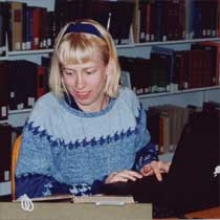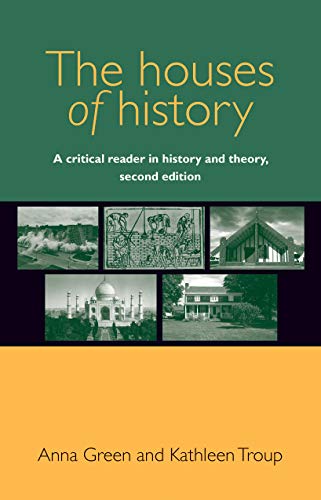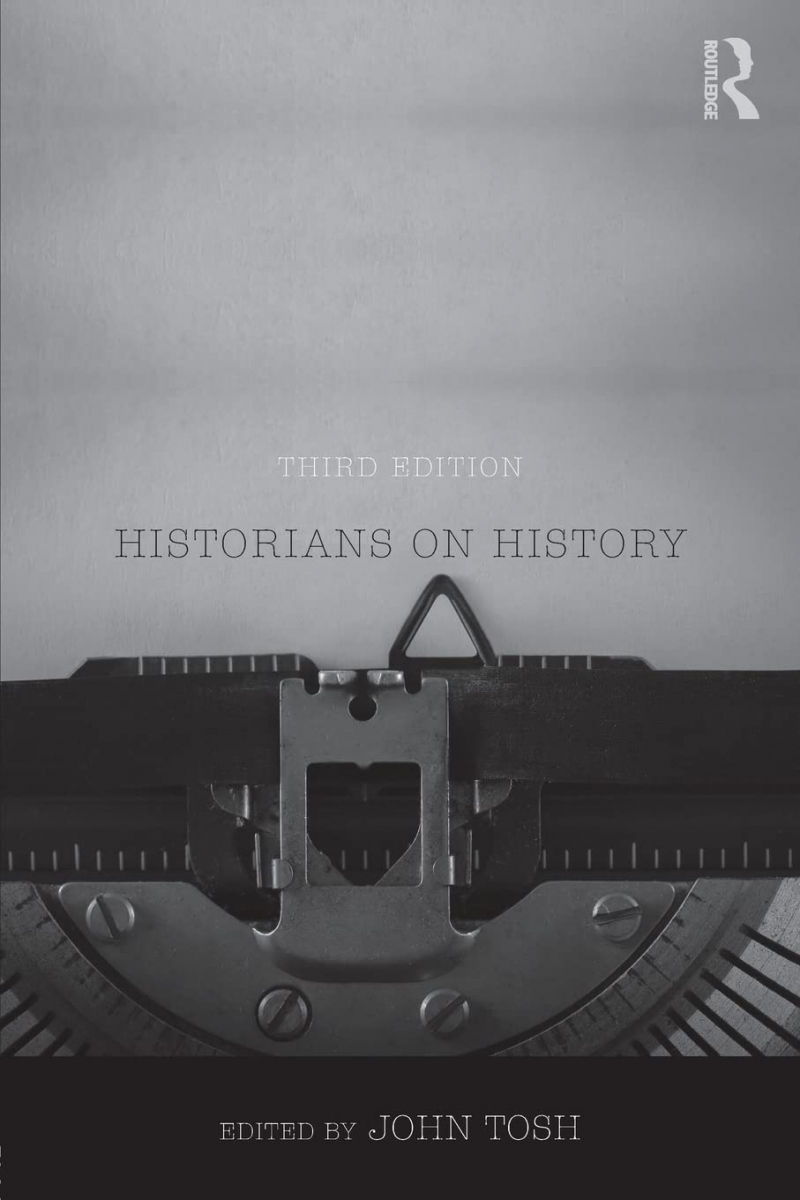- About MAA
- Membership
- MAA Publications
- Periodicals
- Blogs
- MAA Book Series
- MAA Press (an imprint of the AMS)
- MAA Notes
- MAA Reviews
- Mathematical Communication
- Information for Libraries
- Author Resources
- Advertise with MAA
- Meetings
- Competitions
- Programs
- Communities
- MAA Sections
- SIGMAA
- MAA Connect
- Students
- MAA Awards
- Awards Booklets
- Writing Awards
- Teaching Awards
- Service Awards
- Research Awards
- Lecture Awards
- Putnam Competition Individual and Team Winners
- D. E. Shaw Group AMC 8 Awards & Certificates
- Maryam Mirzakhani AMC 10 A Awards & Certificates
- Two Sigma AMC 10 B Awards & Certificates
- Jane Street AMC 12 A Awards & Certificates
- Akamai AMC 12 B Awards & Certificates
- High School Teachers
- News
You are here
HoM Toolbox, or Historiography and Methodology for Mathematicians
Have you been assigned to teach the history of mathematics and are wondering how to make sense of the subject matter? Do you want to better understand the nuances raised in history of mathematics sessions at academic conferences or in articles in academic journals and monographs? Are you interested in the history of mathematics and want to try researching and writing it yourself, perhaps even for publication? Might you be an experienced instructor who wants your history of mathematics students to think more intentionally about the subject or to tackle more in-depth research projects? Have you taken a history of mathematics course as an undergraduate and want to know more about what it would be like to pursue a career in the field?

Figure 1. Historians of mathematics often describe libraries and archives as
one of their “happy places.” In 2002, the author spent three months as a
Dibner Library Resident Scholar at the Smithsonian’s National Museum of American History.
This series is designed for readers in all of these situations and more. The initial installment offers a sort of crash course in how historians collect, analyze, and synthesize sources into a written account (historiography) and the techniques, principles, and approaches they use while writing history (methodology). In addition to outlining several of the useful “tools” available to historians, the first article includes a sample assignment that helps students articulate their own understandings of what it means to research and write the history of mathematics, originally developed by the author to prepare undergraduate history majors for embarking on their capstone papers that would demonstrate their ability to interpret past events through the analysis of primary-source evidence.
Other articles in the series introduce various approaches to historical interpretation, ways of making sense through evidence-based arguments that highlight different perspectives on the past and reveal the complexity of history. These pieces may be read in entirety, or readers may choose to focus on an approach they have encountered in scholarly articles or books or that sounds intriguing. The series thus provides the history of mathematics with a very brief text on historiography as well as a course reader in methodology, akin to works widely employed in history programs, such as Green and Troup [2016] and Tosh [2018]. The history of mathematics is not only about what happened in the past; rather, it also deals with why and how those events unfolded. Learn to engage in these conversations among historians by reading further.


Figure 2. Two examples of readers on theoretical approaches to historical interpretation,
available from Manchester University Press and Routledge, respectively.
Is there an approach to historical interpretation you would like to learn more about? Are you a historian of mathematics who would like to share your approach with undergraduate and secondary students and instructors? Please contact the editors.
Amy Ackerberg-Hastings (MAA Convergence), "HoM Toolbox, or Historiography and Methodology for Mathematicians," Convergence (December 2022), DOI:10.4169/convergence20221201




